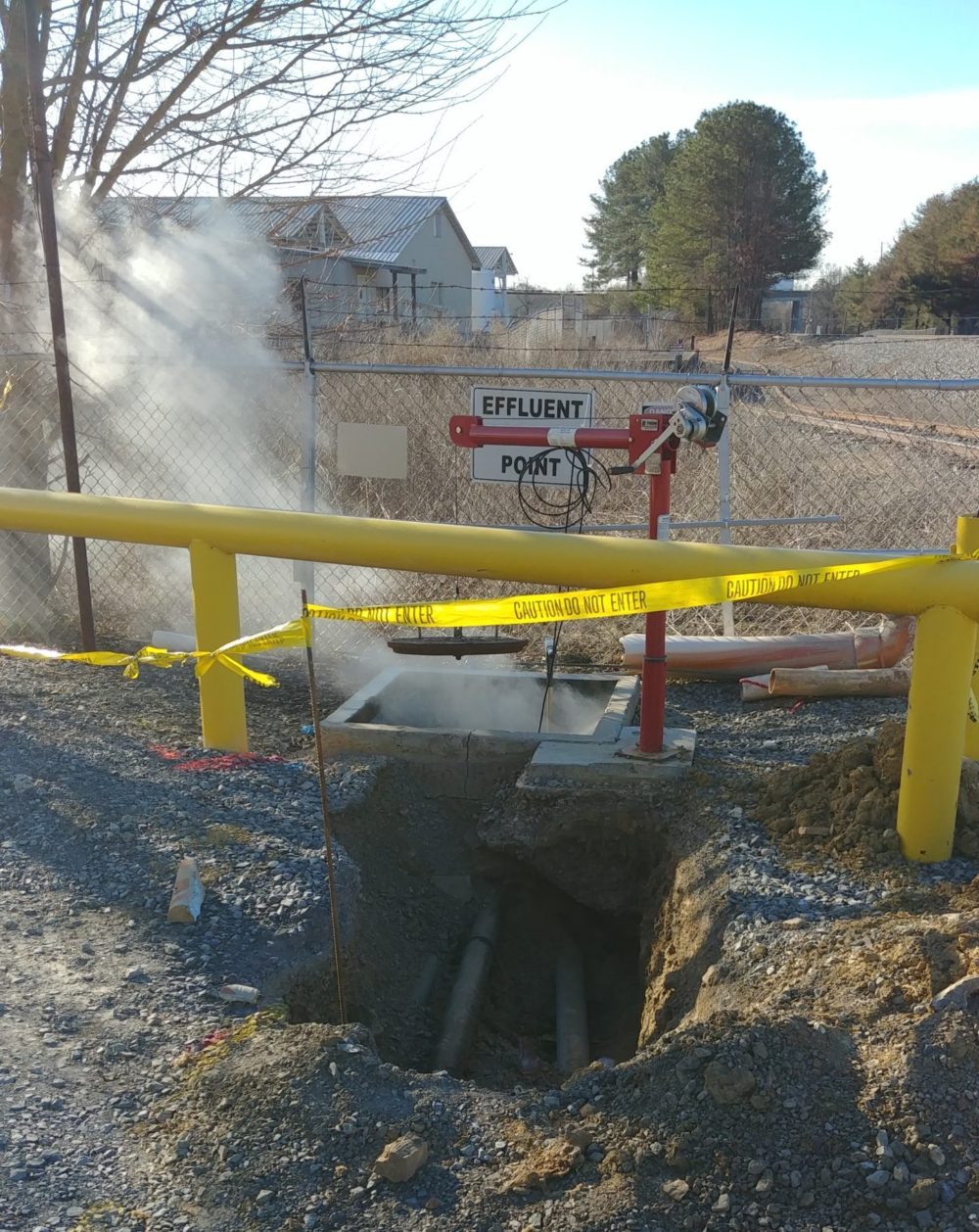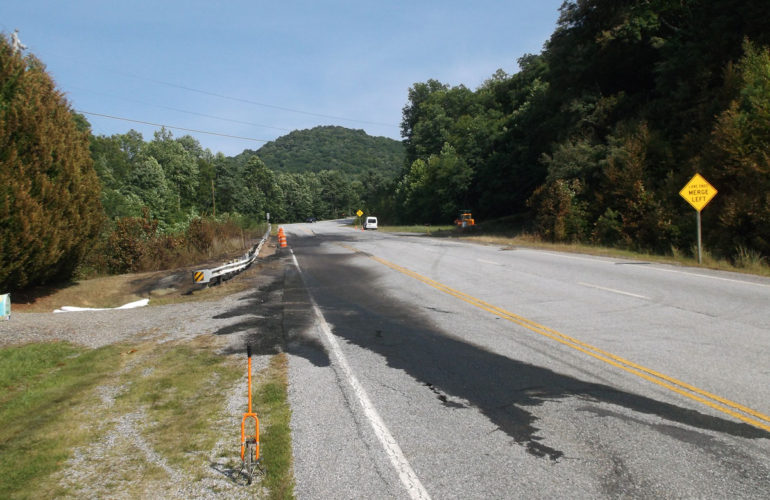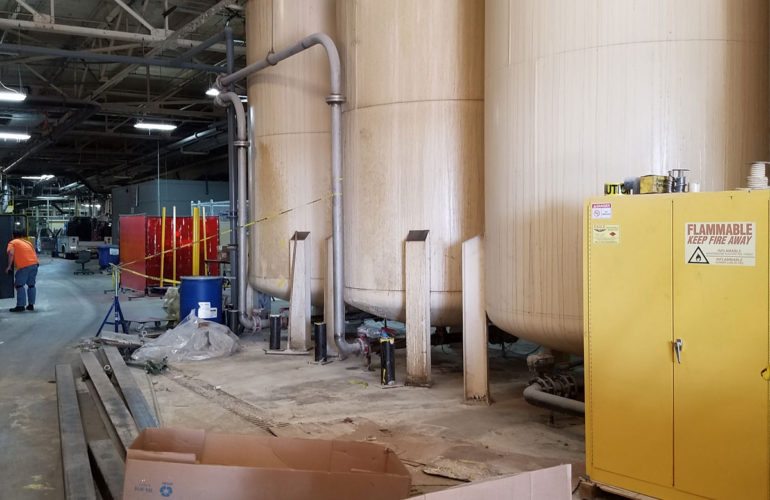The current standard (E1527-13) for Phase 1 Environmental Site Assessments (ESAs) requires vapor to be assessed as a form of movement for hazardous substances or petroleum substances in the subsurface. This current standard for Phase 1 ESA was published in November 2013, by the American Society for Testing and Materials (ASTM).
Vapor intrusion occurs when there is a migration of volatile chemicals from contaminated groundwater or soil on the subject property into an overlying building. Evaluation of vapor intrusion identifies contamination sources on-site. Vapor encroachment considers the likelihood of off-site sources affecting the subject property.
Vapor Encroachment Screen as Part of the Phase 1 ESA
A vapor encroachment screen must be completed to determine the presence of Vapor Encroachment Conditions (VECs). A VEC is the presence or likely presence of chemicals that concern vapors in the subsurface caused by the release of vapors from contaminated soil and/or groundwater.
Vapor encroachment screening identifies releases in the vicinity of the subject property and, based on the contaminant plume, evaluates the likelihood of vapors migrating to the subsurface of the subject property. Assessing vapor is similar to assessing groundwater, although a vapor encroachment screen is comprised of two tiers.
Tier 1 of vapor encroachment screening uses federal and state databases to identify sites with the potential to affect subsurface vapor conditions. The radius search for Tier 1 vapor encroachment screen employs a 1/3 mile radius for releases of non-petroleum products and a 1/10 mile radius for releases of petroleum products. If a VEC cannot be ruled out, then the vapor encroachment screen progresses to Tier 2.
Tier 2 starts out as a non-invasive records review. The state could potentially have regulatory files for sites identified in Tier 1, and those files will contain the location of the source and contaminant plume. It is possible to rule out a VEC based on the proximity of the plume to the subject property. However, if information regarding the plume cannot be located or, if a VEC cannot be ruled out non-invasively, the next option is sampling.
The current ASTM Phase I ESA Standard references ASTM E2600-10, Standard Guide for Vapor Encroachment Screening on Property Involved in Real Estate Transactions, as the guide for determining VECs. While the Phase 1 ESA standard does not require the use of ASTM E2600-10 to determine the presence of VECs, if the EP does not use the standard, then his or her methodology for determining VECs must be outlined in the Phase 1 report.
Vapor Encroachment Results and Next Steps
Ultimately, there are four possible outcomes of a vapor encroachment screen: 1) VEC exists; 2) VEC likely exists; 3) VEC cannot be ruled out, or 4) VEC can be ruled out. In the context of a Phase 1 ESA, the Environmental Professional (EP) determines if a VEC represents a recognized environmental condition (REC) for a specific site.
If you haven’t had a Vapor Encroachment Assessment, it’s better to schedule one sooner rather than later. Getting in front of potential issues will help save money in the long run. Sierra Piemont can help with all aspects of the Phase 1 ESA. Give us a call today to find out more about effectively accessing your facility to make sure it follows all current EPA regulations.


